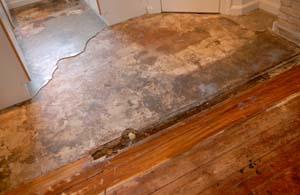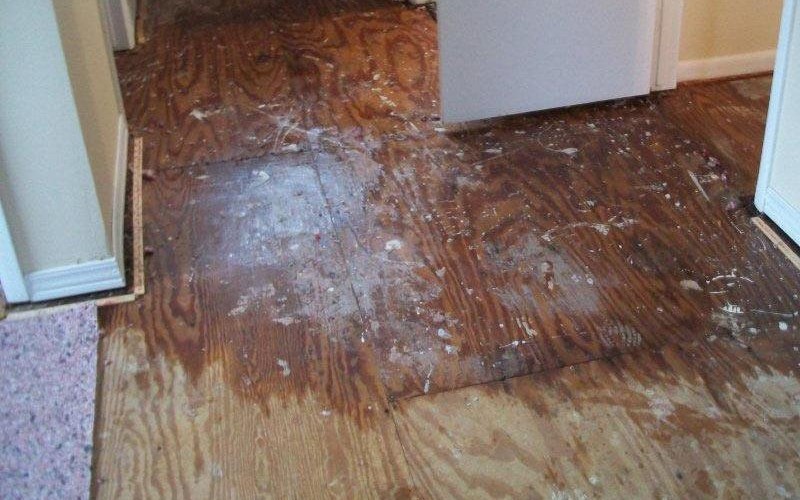Do's & Don'ts of Water Restoration.
Do's & Don'ts of Water Restoration.
Blog Article
Just how do you feel in relation to Reducing Your Risk Of Water And Fire Damage At Home?

Though water gives life, water breach on parts where it's not supposed to be can lead to damages. If the water soaks right into your framework, it can peel away surface areas as well as erode the structure. Mold and mildew as well as mold likewise prosper in a wet setting, which can be harmful for your health and wellness. Homes with water damage odor old as well as musty.
Water can come from many resources such as tropical cyclones, floods, burst pipelines, leakages, and drain concerns. In case you experience water damage, it would certainly be excellent to recognize some security precautions. Below are a few standards on just how to deal with water damages.
Do Prioritize House Insurance Policy Coverage
Water damage from flood dues to heavy winds is seasonal. You can also experience an abrupt flooding when a faulty pipe unexpectedly ruptures into your home. It would certainly be best to have house insurance that covers both disasters such as all-natural disasters, and also emergency situations like broken plumbing.
Don't Fail To Remember to Turn Off Energies
In the event of a calamity, especially if you reside in a flood-prone location, it would be suggested to shut off the main electrical circuit. This cuts off power to your entire house, protecting against electrical shocks when water is available in as it is a conductor. Don't neglect to turn off the major water line shutoff. When floodwaters are high, furnishings will walk around and cause damage. Having the major valve turned off prevents more damage.
Do Stay Proactive and Heed Weather Alerts
Storm floods can be very unforeseeable. Remain ready and also positive if there is a history of flooding in your neighborhood. Listen to evacuation warnings if you live near a river, lake, or creek . Obtain belongings from the ground floor and also basement, after that put them on the greatest possible degree. Doing so decreases possible property damage.
Do Not Neglect the Roof
You can stay clear of rainfall damage if there are no openings as well as leakages in your roofing. This will avoid water from flowing down your walls and also saturating your ceiling.
Do Focus On Small Leakages
A burst pipeline doesn't take place overnight. You may observe bubbling paint, peeling off wallpaper, water touches, water stains, or dripping audios behind the walls. Have your plumbing fixed prior to it results in huge damages.
Don't Panic in Case of a Burst Pipe
Keeping your clearheadedness is crucial in a time of situation. Worrying will only worsen the problem because it will stifle you from acting fast. Timing is key when it comes to water damages. The longer you wait, the even more damages you can expect. Therefore, if a pipeline bursts in your residence, immediately turned off your major water shutoff to remove the resource. Disconnect all electrical outlets in the location or transform off the circuit breaker for that part of the home. Call a respectable water damages restoration specialist for support.
Water provides life, water intrusion on components where it's not intended to be can result in damages. Houses with water damage odor old and moldy.
Water damages from flood dues to heavy winds is seasonal. You might see gurgling paint, peeling wallpaper, water streaks, water stains, or trickling noises behind the walls. When it comes to water damages, timing is vital.
Some Do's & Don't When Dealing with a Water Damage
DO:
Make sure the water source has been eliminated. Contact a plumber if needed. Turn off circuit breakers supplying electricity to wet areas and unplug any electronics that are on wet carpet or surfaces Remove small furniture items Remove as much excess water as possible by mopping or blotting; Use WHITE towels to blot wet carpeting Wipe water from wooden furniture after removing anything on it Remove and prop up wet upholstery cushions for even drying (check for any bleeding) Pin up curtains or furniture skirts if needed Place aluminum foil, saucers or wood blocks between furniture legs and wet carpet Turn on air conditioning for maximum drying in winter and open windows in the summer Open any drawers and cabinets affected for complete drying but do not force them open Remove any valuable art objects or paintings to a safe, dry place Open any suitcases or luggage that may have been affected to dry, preferably in sunlight Hang any fur or leather goods to dry at room temperature Punch small holes in sagging ceilings to relieve trapped water (don't forget to place pans beneath!); however, if the ceiling is sagging extremely low, stay out of the room and we'll take care of it DO NOT:
Leave wet fabrics in place; dry them as soon as possible Leave books, magazines or any other colored items on wet carpets or floor Use your household vacuum to remove water Use TV's or other electronics/appliances while standing on wet carpets or floors; especially not on wet concrete floors Turn on ceiling fixtures if the ceiling is wet Turn your heat up, unless instructed otherwise

As an avid reader about Keeping Your Home Safe This Holiday Season, I assumed sharing that article was a good thing. For those who appreciated our blog post plz don't forget to pass it around. Thanks a lot for your time. Come back soon.
Report this page